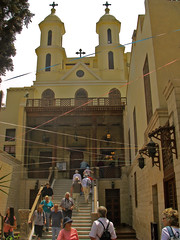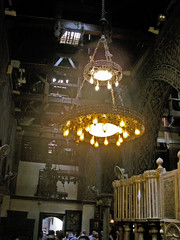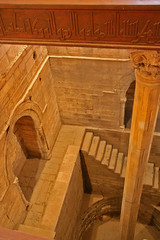Cairo – National Museum
KML 30.04716 31.2337
Again, surprise surprise, you’re going to need a guide to gain anything from this museum. One approached me outside and offers to take me round for £15 for 1 and 1/2 hours, £10 per hour.
The thought does cross my mind, so I offer to hang around for more visitors to bring the price lower, at which point he tells me the price will not lower he’ll charge us all the same which could equate to £70-80 per hour.
Another example of money-grabbing by the Egyptians, and this guy actually worked for the museum so goes some way to indicating the attitude toward tourism.
Inside the Museum
Once inside the museum is a large circular atrium surrounded by a large rectangle filled with statues and relics.
Photo’s are not allowed.
Heavy statues are on the ground floor artifacts and jewellery are on the second floor.
Left wondering
I spend long enough wondering round to realise you’re really going to gain nothing without a guide, most of the pieces are labelled without dates, dynasties, locations or any over-riding narrative, story-board or reason d’etre.
This is a shame.
As a visitor, I feel that I really gained nothing from the experience. Apart from feeling that the Egyptians were by far the most advanced civilisation and way ahead of their time, which I felt when I walked in, this museum has been tiring and slightly pointless.
This was opposed to the Coptic Museum which was interesting and informative with over-riding structure and narrative. The aim of this museum seems to be to grab money rather than to educate.
Here’s a couple of pictures of what makes the museum famous.

Face Mask of King TUT

Gold Sarcophagus.
If you feel you should visit, you’re going to need a guide (again).
It’s worth the entrance fee but not the time. You could spend hours and learn nothing.





